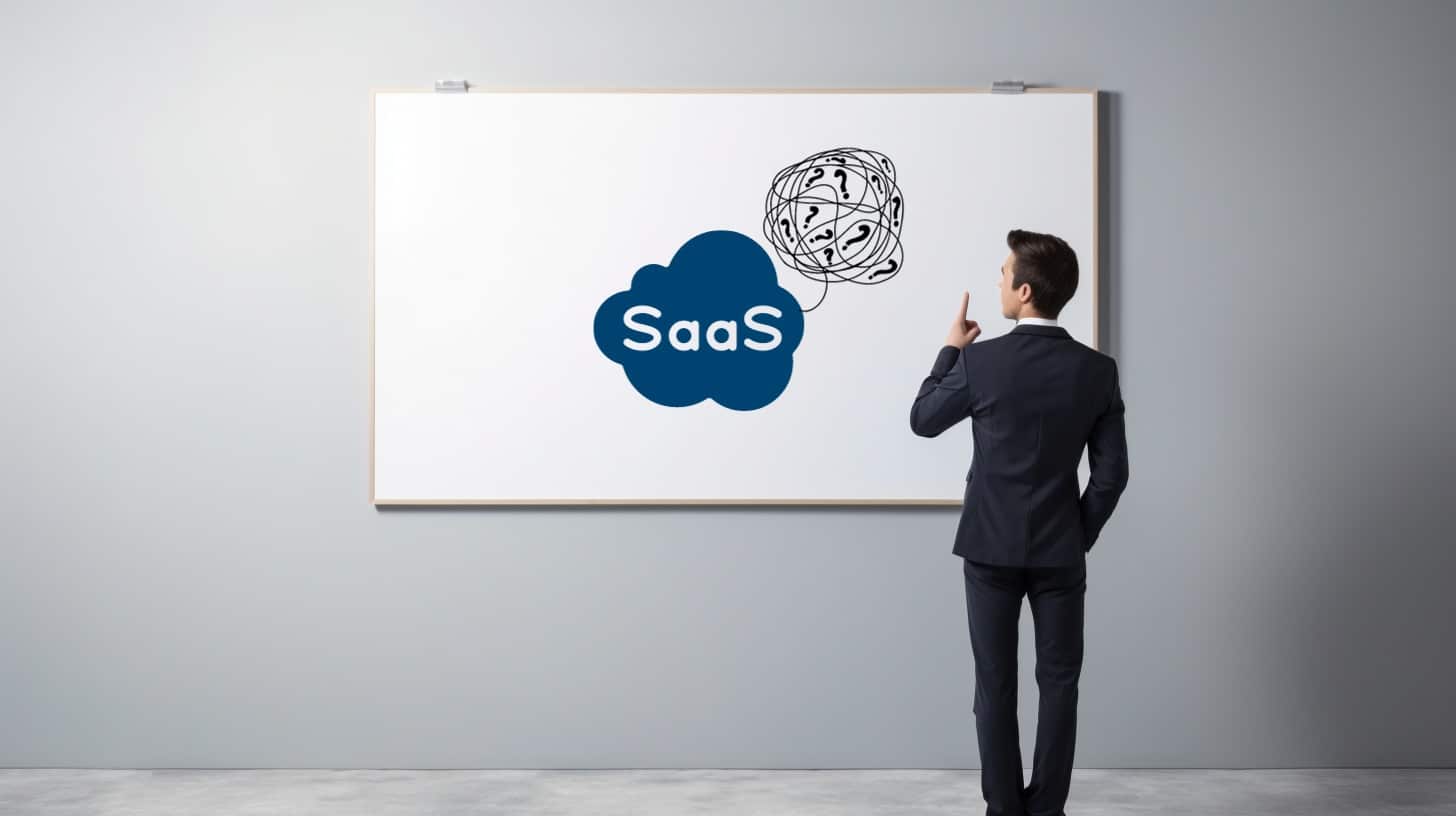SaaS products have become increasingly popular across industries, revolutionizing the way we work. With their cloud-based nature and convenient accessibility, SaaS solutions offer businesses the flexibility and efficiency they need to thrive in today’s fast-paced digital landscape. A SaaS product roadmap would ensure its ability to thrive.
That’s the reason why, by the year 2030, the projected value of the Software as a Service (SaaS) industry is expected to reach $700 billion.
Even so, simply creating a SaaS product is not enough to guarantee success. To truly stand out and meet the market’s needs, building a product roadmap that aligns with product market fit is crucial.
If you are not well-versed in the concept of product-market fit, you’ve come to the right place. Below we’ve discussed the steps you’ll need to take to build a Software as a Service (SaaS) product roadmap.
What is Product Market Fit?
Before diving into the details of building a SaaS product roadmap, let’s first understand what product-market fit entails.
Product-market fit refers to the stage in a product’s lifecycle where it meets the target market’s needs and generates significant demand. In other words, it signifies that the product is solving a real problem for its intended users, leading to satisfied customers and business success.
It is noteworthy that obtaining product-market fit is a continuous journey. It requires a flexible, adaptive approach that involves understanding the target market, identifying pain points, refining the product based on user feedback, and constantly iterating until the right fit is achieved.
That’s why companies often look for software outsourcing companies to design a software solution that aligns with product market fit. By outsourcing, businesses can alleviate their burdens while gaining access to exceptional resources and talent. This, in turn, helps them meet their set goals more efficiently.
Once product-market fit is attained, it becomes easier to scale the product and capture a larger market share.
Steps To Build a SaaS Product Roadmap
Now that you’ve understood product market fit let’s dig deeper into the process of the SaaS product roadmap.
1. Creating a Product Vision
Establishing a product roadmap is crucial for SaaS companies still seeking product-market fit, as it provides a structured approach to iteratively refine the product based on user feedback and market needs. The product vision outlines the long-term goals and aspirations for the product. It provides the development team with a sense of direction and purpose and aligns everyone toward a common objective.
Let’s say you are creating a project management SaaS product. In that case, the product vision could be to create a comprehensive and user-friendly platform that revolutionizes how teams collaborate and empowers businesses to achieve their goals more efficiently.
This vision sets the overarching goal for the development team and guides their decisions throughout the product development lifecycle.
Nonetheless, make sure to consider the target market and understand their needs, pain points, and aspirations. This understanding will help shape the vision and ensure it resonates with the intended users.
2. Prioritizing Features Based on Market Needs
Once the product vision is established, the next step is prioritizing features based on market needs. This involves conducting market research, gathering customer feedback, and analyzing industry trends.
By understanding the needs and preferences of the target market, you can identify the features that will have the most significant impact on customer satisfaction and business success.
Now the question is, how do you prioritize features based on market needs? It’s easier than you might have thought.
Prioritization can be done using various frameworks such as the MoSCoW method (Must have, Should have, Could have, Won’t have), the Kano model, or other similar approaches. The key is to focus on building features that provide the most value to the customers and differentiate your product from competitors. This ultimately helps transform your product into a customer-centric one and accelerates its market need.

3. Identifying Dependencies and Constraints
When building a product roadmap, it is crucial to identify dependencies and constraints that may impact the timeline and delivery of features.
Dependencies can arise from technical requirements, integration with external systems, or cross-functional dependencies within the development team. Conversely, constraints can include resource limitations, budget constraints, or regulatory compliance requirements.
By identifying dependencies and constraints early on, you can plan and allocate resources effectively, mitigate risks, and ensure the smooth execution of the roadmap.
Bear in mind that collaboration and communication between various teams, such as product management, engineering, design, and marketing, are essential during this phase to address any potential roadblocks and align everyone toward a common goal.
4. Setting Milestones and Deliverables
Milestones are significant events or achievements that mark the progress of the product development journey. Deliverables are tangible outcomes or features expected to be completed within a specific timeframe.
When setting milestones and deliverables, it is important to consider the dependencies and constraints identified earlier. Breaking down the roadmap into smaller, achievable goals helps track progress and maintain momentum. These milestones can be based on specific product features, technical advancements, or even market expansion plans.
Note: Make sure to define clear deliverables for each milestone. These deliverables allow stakeholders to evaluate the development process. They also allow gathering user feedback and making necessary adjustments to ensure the product remains aligned with market needs.
5. Monitoring Progress and Measuring Success
The final step in building a SaaS product roadmap that aligns with the product market involves establishing metrics and key performance indicators (KPIs) that reflect the goals and objectives of the product roadmap.
This can be done through regular check-ins, project management tools, and agile methodologies. These methods help in tracking development efforts, identifying bottlenecks, and making necessary adjustments to stay on track.
Measuring success goes beyond tracking development milestones. It involves evaluating customer satisfaction, user engagement, and business outcomes. This can be done through user surveys, feedback analysis, product usage data, and financial metrics.
By gathering and analyzing these metrics, you can assess the impact of your product on the market and make data-driven decisions to enhance product-market fit further.
To Sum Up SaaS Product Roadmap
Achieving product-market fit is an ongoing process that requires adaptability and continuous iteration. Stay open to user feedback, market trends, and evolving customer needs, and be willing to make adjustments to your roadmap as necessary. By doing so, you can position your SaaS product for long-term success in a competitive landscape.



